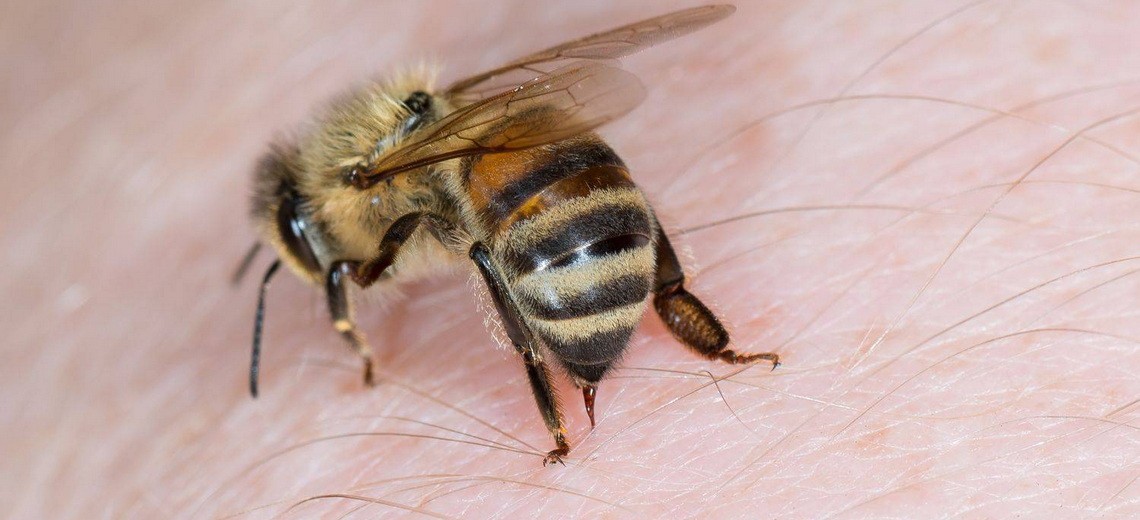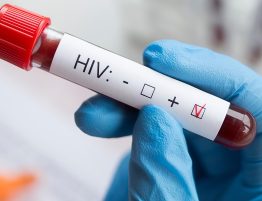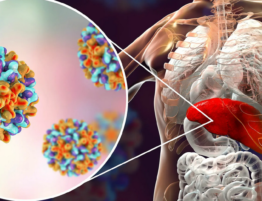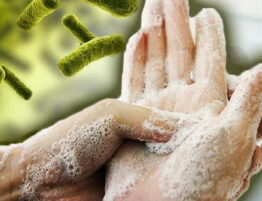
Reminder for insect bites
Mosquito bite.
Usually mosquitoes and their bites are not taken seriously, but in vain! Mosquitoes can carry pathogens of infectious diseases, so if you notice a mosquito bite on yourself or your child, quickly treat it with brilliant green or alcohol.
To prevent an allergic reaction, use antihistamines, which you should always have on hand.
To relieve itching, you can use a solution of soda (1 teaspoon of soda per glass of warm water); antihistamine ointments also help a lot.
Gadfly bite.
If you like to splash in the water in the open air, then meeting horseflies is inevitable. Horsefly bites are more painful than mosquito bites.
A horsefly bite is dangerous because these insects are often carriers of infections. If you are bitten by a horsefly, act in the same way as if you were bitten by a mosquito: smear the bite site with brilliant green or alcohol, and if necessary, take an antihistamine.
Bites from stinging insects (bees, wasps, hornets).
Stinging insects are most aggressive in July and August. Their bites are very painful and toxic. They can cause a severe allergic reaction, including anaphylactic shock.
Wasps and hornets can carry infectious diseases, so the bite site must first be treated with an antiseptic.
If you are bitten by abee, do not forget to remove the sting. You can apply a cold compress to the bite site or apply antihistamine ointment to the bite site. If swelling at the site of the bite continues to increase, consult a doctor immediately.
Tick bite.
Of the blood-sucking insects, ticks pose the greatest danger, since they carry pathogens of dangerous infectious diseases, including encephalitis, Lyme disease, and borreliosis.
The favorite habitat of ticks is grass and low bushes. These insects are found both within the city and beyond.
A tick bite is almost painless. Once on the body, the tick does not bite immediately; several hours may pass before the tick attaches itself. If the tick is noticed in time, the bite can be avoided.
Tick activity begins at the end of April and ends with the onset of frost. The peak of activity occurs in May-June, but tick bites are possible from April to October. Ticks can be brought home by animals; on branches, on country or forest flower bouquets, brooms or grass, on clothes in which you walked in the forest.
A person who has suffered from a tick bite must seek medical help at a territorial clinic at his place of residence to remove the tick and deliver it for examination, as well as to organize medical observation in order to make a timely diagnosis of a tick-borne infection and resolve the issue of prescribing preventive treatment.
If for some reason you do not have the opportunity to seek help from a medical institution, then you will have to remove the tick yourself, and the sooner you remove the embedded parasite, the better.
It is most convenient to remove a tick with curved tweezers. In this case, the tick must be grabbed as close to the proboscis as possible, then it is carefully pulled up, while rotating around its axis in a convenient direction. Usually, after 1-3 turns, the entire tick is removed along with the proboscis. If you have neither tweezers nor special devices for removing ticks at hand, then the tick can be removed using a thread. A strong thread is tied into a knot as close as possible to the tick’s proboscis, then the tick is removed, slowly shaking it to the sides and pulling it up. Sudden movements are not allowed. If you don’t have tweezers or thread at hand, you should grab the tick with your fingers (it’s better to wrap your fingers in a clean bandage) as close to the skin as possible. Pull the tick slightly and rotate it around its axis.
There is no need to crush the tick with your hands.
After removing a tick, be sure to wash your hands. The wound must be treated at home with an antiseptic. If, when removing the tick, its head, which looks like a black dot, comes off, wipe the suction site with cotton wool or a bandage moistened with alcohol, and then remove the head with a sterile needle (previously calcined in a fire) in the same way as you remove an ordinary splinter.
After removing the tick, the skin at the site of its attachment is treated with tincture of iodine or alcohol, or another available skin antiseptic.
When removing a tick you do not need to:
- apply caustic liquids (ammonia, gasoline, etc.) to the bite site;
- burn the tick with a cigarette;
- yank the tick sharply – it will break off;
- pick the wound with a dirty needle;
- apply various compresses to the bite site;
- crush the tick with your fingers;
The removed tick can be destroyed, but it is better to leave it for laboratory testing for the presence of tick-borne infections. Within two days, the tick must be taken to the laboratory to be tested for infection with borreliosis and encephalitis. The tick should be placed in a small glass jar along with a piece of cotton wool or a napkin lightly moistened with water. Be sure to close the jar with a tight lid and store in the refrigerator.
Where can you check a tick for infections in Brest?
State Institution “Brest Regional Center for Hygiene, Epidemiology and Public Health“.
Address: Svoboda Square, 8 (virology laboratory and diagnostic laboratory for acute infectious diseases).
Contact numbers: 8 0162 20-58-35; 8 0162 21-98-21.
Tick reception hours: Monday – Friday from 8:30 to 17:00.
Consultations with an entomologist and a parasitologistYou can get at theBrest Zonal Center for Hyena and Epidemiologyat the address: st. Vera Khoruzhey, 6.
Contact phone: 8 0162 20-49-05.
After the tick is removed, you must:
- take pills according to the regimen prescribed by your doctor (if prescribed). If no infectious agents were found during the examination of the tick, prevention continues according to the prescribed scheme;
- monitor your health and temperature;
- observe the bite site.
The doctor’s prescriptions depend on many factors, for example: intolerance to antibiotics, pregnancy, the area of activity of the victim and his age; the area in which the tick was found, the time the tick spent on the human body, etc.
Prevention of insect bites.
To protect against insect bites, you should use a mosquito net on the windows, a canopy on the crib and stroller. In addition, to protect against mosquitoes, you can use a fumigator (preferably with liquid). Don’t forget to use repellents. To protect yourself from stinging insects, avoid potentially dangerous situations: try not to eat sweets on the street, take your child aside if a stinging insect is flying nearby.
Protection against tick bites:
- When visiting places where there may be ticks, wear closed shoes (boots, boots, sneakers);
- When visiting the forest, try to protect your body, especially your neck, arms, and legs, from tick attacks. Wear clothing that protects your skin as much as possible from contact with ticks;
- use various repellents according to the instructions for their use, apply them to the skin and wash off after visiting the forest;
- in the forest, inspect yourself and your children every two hours, especially the areas of the thinnest skin where the tick prefers to attach itself;
- do not walk on paths under low thickets, through bushes, or through tall grass;
- check your pets after walks and do not let them lie down on the bed. Dogs, cats and any other animals can bring ticks home;
- if you frequently visit tick habitats, it is advisable to get vaccinated against tick-borne encephalitis;
- To reduce the number of ticks in your garden plot, carry out timely cleaning of the plot area and the surrounding area – remove dead wood and dead wood, cut down unnecessary bushes, mow the grass. Sowing plant antagonists, such as thyme and sage, is very useful.
State Institution “Brest Zonal Center for Hygiene and Epidemiology”







